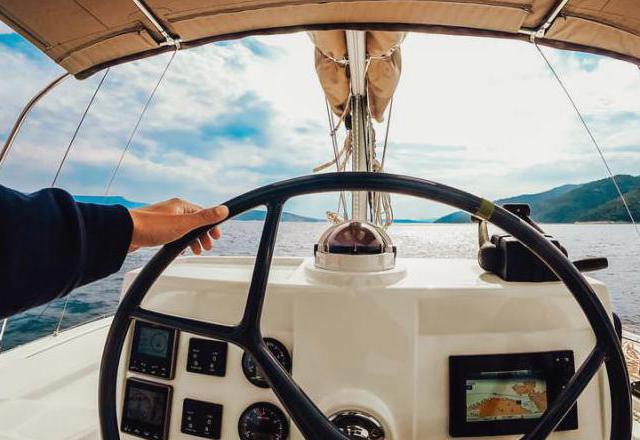Navigation instruments for sailors are used to help sailors navigate the seas
The Advantages and Disadvantages of Electronic Navigation
Automated navigation can be helpful for people who have difficulty reading or driving due to their age, physical limitations, or just a lack of interest. But there are also disadvantages to using electronic navigation , such as the inability to pull over to ask for directions or even stop and consider interesting things along the way. Some people also prefer driving in a car, which provides an opportunity for exploring places that may not be accessible by public transportation. Automated navigation can help drivers find their way without having to rely on other people, but it might remove one of the reasons
Electronic navigation has made significant changes to the way people travel. In some cases, it's not even necessary for the individual to be physically present at the destination. There are many benefits of electronic navigation, but there are also disadvantages to it. These include increased levels of cybercrime and data breaches as well as less control over privacy and security on a personal level .
Using GPS Navigation in Boating
GPS navigation is one of the necessities for boaters. GPS systems can help boaters avoid potential hazards, locate specific locations and even make your journey safer. It helps you to navigate easily and quickly in difficult waters with its detailed maps and accurate directions. The Different Types of GPS UnitsThere are three types of GPS units – handheld, car/vehicle and marine. Each type has its own purpose, features,Advantages and disadvantages.
Marine GPS navigation is the most known GPS navigation system in the world. This device is usually used in boats and ships and provides accurate navigation information anywhere at all times. Marine GPS systems are typically smaller and more compact than their car counterparts, which makes them ideal for use on a boat or ship.
How to Read a Nautical Chart
A nautical chart is an essential tool for sailors and recreational boaters. These charts contain a lot of information including the ship's position, depth of water, tide levels and more. There are also various scales so you can find what you are looking for without having to scroll through a lot of information. .There are three different types of scales in nautical charts: 1. Degree scale 2. Degree-minute scale 3. Gradient scale

How to Use a Sextant to Navigate
A sextant is a navigational instrument used to measure the angular distance between two celestial objects. It is also known as a celestial sextant. It can be used to determine the height of an object above sea level. The sextant is an ancient instrument dating back to Hellenistic Greece. The name of the instrument comes from Latin "sextans", meaning "to measure six".
Celestial navigation
Celestial navigation is the process of determining your latitude and longitude using celestial landmarks. If you are lost in the wilderness, this method is used to help you find your way home. .What is the difference between the celestial and terrestrial methods for determining latitude? The celestial method uses an observation of a star to determine your latitude. It is more accurate than using terrestrial landmarks. The terrestrial method uses shadows cast by mountains, hills, or other landmarks in order to figure out your latitude.
Gyrocompass
A gyrocompass is a compass which doesn't use magnetic north. Due to the spinning disc, the view from the user's eyes can be in the center of your line-of-vision and it will stay there if you move around or tilt your head. The spinning disc makes the gyroscope's north point, not the direction to magnetic north. An instrument called a magnetometer is used to detect the Earth's magnetic field and determine where this field points to on an earth map.
Magnetic compass
A compass is an instrument used for determining direction on the surface of Earth. It consists of a large circular magnet suspended in a geometric frame that generates a small signal in proportion to the deviation of magnetic force away from the instrument. Compasses were first invented in China during the Han Dynasty, though the earliest known extant compasses are mummified animals dating to 2400 BC.
Latest Posts

Exploring The World: A Guide To The Best Routes For Yachts and Boats
Exploring the world has never been easier than with a yacht or boat. Whether you’re looking for the perfect pl (...)

Enjoying the Luxuries of a Luxury Boat
When it comes to luxury boats, there’s no better way to enjoy a day out on the water than with a boat that fit (...)

Sail Training: The Importance of Sail Training
It is often said that sailing is as much about the journey as the destination. This is especially true when it (...)

Unknown Sea Territory Dangers: What You Need to Know?
Unknown Sea Territory Dangers: What to Do If You Encounter Danger? Many adventurers leave the safe (...)